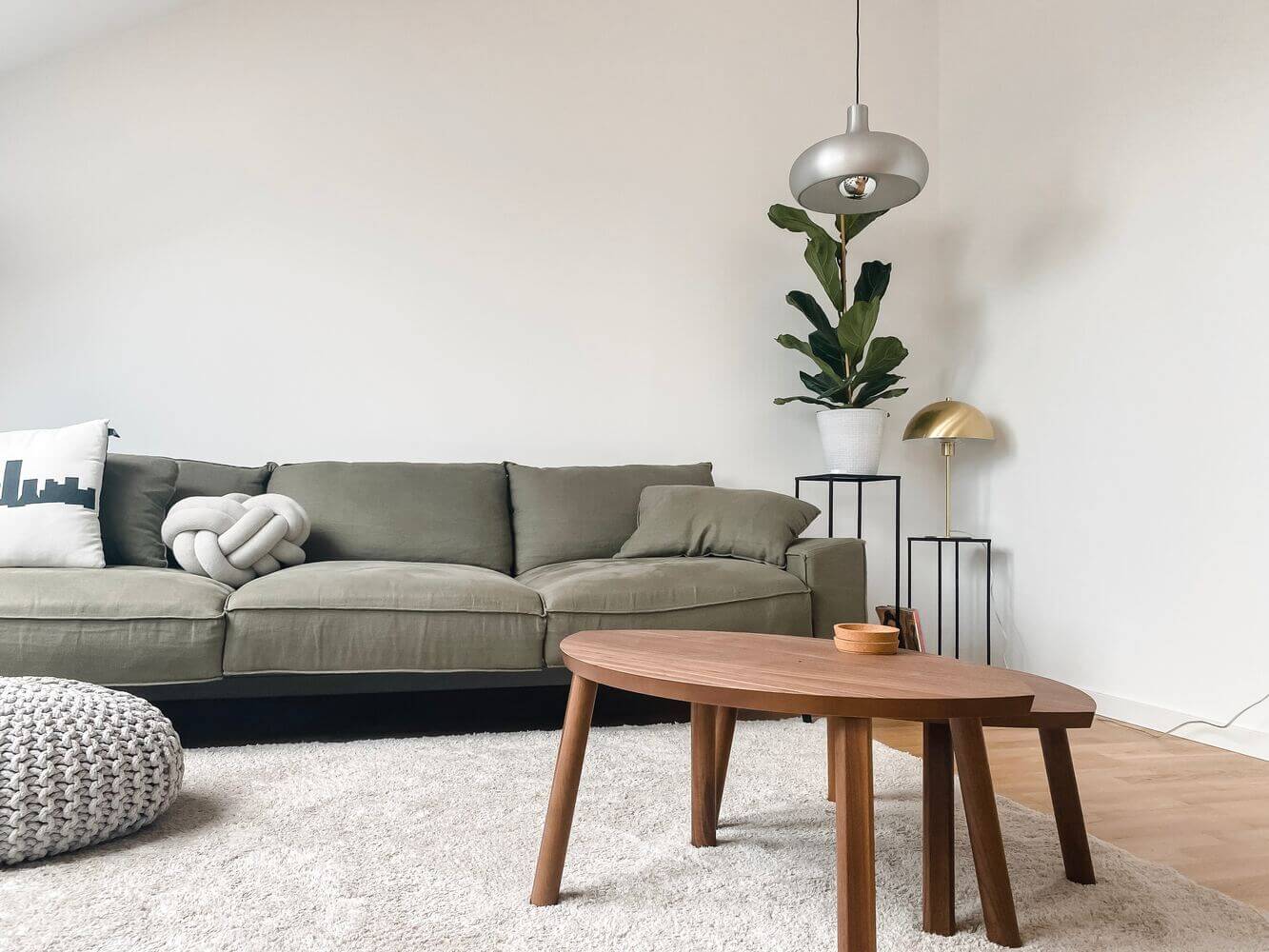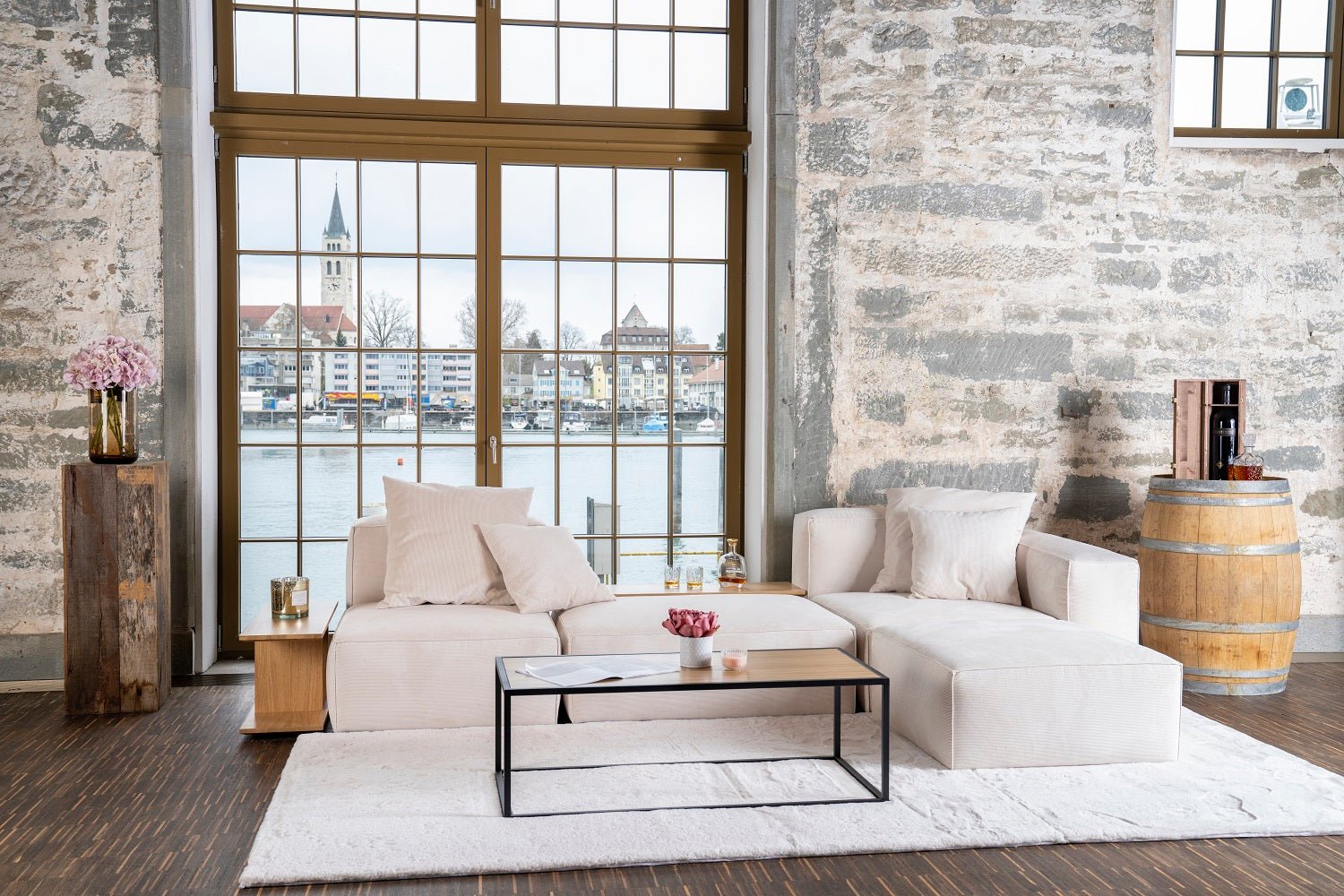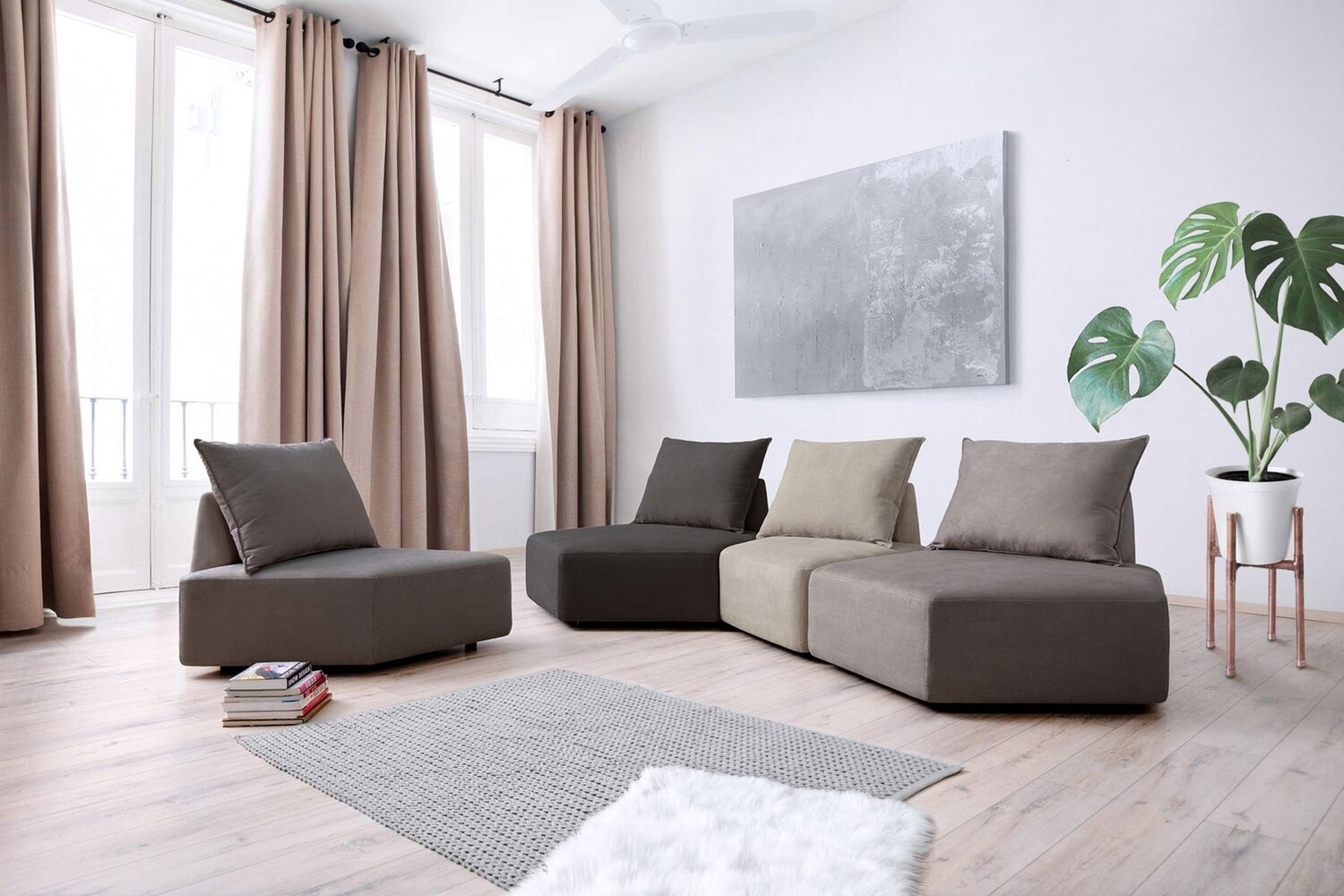Have you ever heard of a mood board? If not, you're definitely missing out! A mood board is a creative and visual way to design your living rooms and visualize your design ideas. It helps you have a clear plan and ensure your space looks cohesive and harmonious. In this article, I'll show you how to create a mood board for your living rooms and why it's so important.
What is a mood board and why is it important?
A mood board is a compilation of images, colors, textures, and materials that represent your design vision for a room. It serves as a source of inspiration and a visual reference to ensure you achieve the desired look and atmosphere. A mood board helps you organize and visualize your ideas before you start buying furniture and accessories. It's a great way to explore your own style and ensure all the elements work well in your room.
The importance of mood boards in interior design
Interior designers often use mood boards to present their ideas and help clients understand the desired end result. A mood board allows them to visualize color schemes, materials, and styles at a glance, ensuring the room matches the client's vision. It's a practical tool for preventing misunderstandings and ensuring everyone is on the same page.
Still looking for the right sofa for your mood board? Discover our modular sofas with waxed and adjustable covers.
Benefits of using mood boards
Using mood boards offers many advantages. Here are some of the most important:
- Planning and organization: A mood board helps you organize your thoughts and design ideas. You can put together different elements and see how they work together.
- Visualization: A mood board allows you to visually represent your ideas. It's much easier to understand colors, textures, and styles when you see them on a mood board.
- Coherence and harmony: A mood board helps you ensure that all the elements in your room fit together and create a harmonious atmosphere. You can experiment with different options to achieve the best result.
Another advantage of using mood boards is that they can help you develop and define your own style. By combining different images and materials, you can discover which elements you like and how to combine them in your room.
A mood board can also serve as a communication tool. If you're working with an interior designer or a client, you can use the mood board to convey your design ideas and ensure everyone involved has the same vision for the final result.
Moreover, a mood board is a useful tool for comparing different options and making the best decisions for your space. By placing different images and materials side by side, you can see how they fit together and which combination works best.
In summary, a mood board is an indispensable tool for interior design. It helps you visualize your design, organize your ideas, and ensure that all the elements in your room fit together. A mood board allows you to explore your own style and ensure you achieve the desired look and atmosphere.
The materials needed for a mood board
Before you start creating a mood board, you'll need some materials. Here's what you'll need:
Selection of the right materials
For your mood board, you'll need a large pin board or piece of cardboard, glue or adhesive tape, scissors, photo prints, color swatches, fabric scraps, and anything else that will help you visualize your design ideas. You can also search online for inspiration and print out photos to add to your mood board.
Where to find materials for mood boards
There are many places to find materials for your mood board. Art supply stores, wallpaper patterns, furniture catalogs, and online design platforms are great sources for photos, color samples, and inspiration. Don't forget you can also take your own photos of inspiration you discover along the way.
Here's an example using familiar materials and colors:
Step-by-step instructions for creating a mood board
Now that you have all the materials, we can start creating your mood board. Follow these steps:
Selection of the right colors and textures
The first step is to select the colors and textures you want in your room. Find photos that represent your desired color palettes and materials. Cut them out and set them aside. Did you know that colors have different effects and meanings? Discover all about the psychology of colors here.
Arrangement of the elements on the mood board
Now it's time to arrange your selected images, color samples, and textures on the mood board. Experiment with different layouts and consider how the elements fit together. You can attach them with glue or adhesive tape. Be creative and let your intuition guide you.
Tips and tricks for an effective mood board
An effective mood board can make a huge difference in your room. Here are some tips and tricks to get the most out of your mood board:
How to create a coherent mood board
To create a coherent mood board, you need to ensure all the elements fit together. Experiment with different variations of colors, textures, and materials to achieve the best result. Also, ensure you have a balanced number of elements on your mood board.
Common Mistakes When Creating Mood Boards and How to Avoid Them
Some mistakes can occur when creating mood boards. Here are some common ones and how to avoid them:
- Overload: Avoid overloading your mood board. Keep it simple and focus on the most important elements.
- A lack of coherence: Make sure all the elements on your mood board harmonize. Otherwise, it can look chaotic.
- Missing focus: Focus on the purpose of your mood board. For example, if you're creating a mood board for the living room, you should focus on the furniture and decor for that room.
The use of mood boards in different living rooms
Mood boards can be used in various living rooms to visualize your design ideas. Here are some ideas for using mood boards in different rooms:
Mood boards for the living room
When it comes to the living room, you can create a mood board to compare different designs for sofas , carpets , and wall decor. Experiment with different colors and textures to find the perfect look for your living room.
Mood boards for the kitchen
Mood boards can be used in the kitchen to compare different color schemes for cabinets and countertops. You can also use your mood board to inspire your selection of kitchenware and appliances.
Mood boards for the bedroom
You can use mood boards in the bedroom to compare different ideas for bedding, colors, and lighting options. Experiment with different styles to create a calm and relaxing atmosphere.
Finally, I encourage you to create a mood board for your living rooms. It's a fun and creative way to explore your design ideas and ensure your space looks harmonious. With the right materials and a little creativity, you can create a mood board that can become the heart of your living space. Happy designing!





